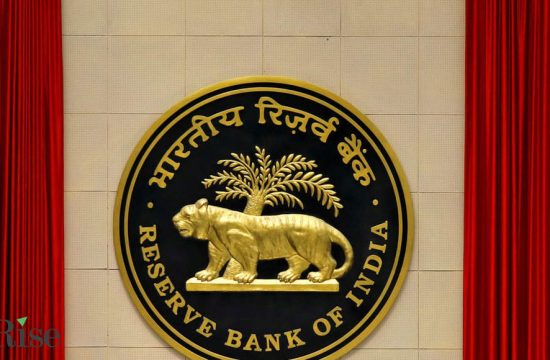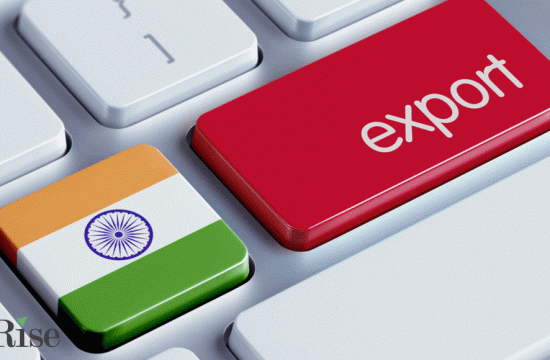
By Harsh Vardhan
When Stan Lee wrote “With great power comes great responsibility,†in one of his Spider-Man comic books, nobody probably anticipated the water it would hold in the years to come — especially today, when the internet keeps throwing rather irrational ideas and competition at you upon every scroll. At a time like this, it becomes increasingly important for companies and brands to convey messages in ways that would not only suit their purpose, but also exhibit some sense of responsibility.
Edutech startup WhiteHat Jr’s brush with controversy has brought to the centre the conversation on responsible marketing yet again – questioning what’s bloated and believing what’s before the eyes. Is it even remotely fair to expect kids aged just about seven years to learn coding and whatnot? The ad seems to suggest so.
“When you are a digital first brand, then you have to live by what consumers say about you in social media,” Naresh Gupta, co-founder, Bang in the Middle, tells Brand Equity. “And if you are like WhiteHat Jr, spamming everyone incessantly, then you will be judged,” he adds. Gupta levels many charges against WhiteHat Jr. He says the ads are “unethical” and they “mislead parents” by using the biggest names in the tech universe and create “insecurities in the minds of parents”.
Plenty of social media outrage over the ad putting undue pressure on children and their makers made the self-regulatory body Advertising Standards Council of India (ASCI) step in, ensuring the brand pulls down the ads. According to the industry body, the advertiser agreed to immediately withdraw the ads when it intervened.
Gaining consumer trust and instilling enough confidence in them to bring people to the brand is largely top priority for all marketing teams. According to a new report by French multinational advertising company Havas, the most successful brands will be those that are unafraid to address a negative experience.
OYO’s ‘Pehle Spray, Fir Stay’ campaign, for example, which as the company admits, looks more like a news piece than an ad, encourages consumers to trust what’s “before your eyes†and not just believe what’s promised in ads. The company kicked off the campaign with a large print advertising splash which caught everybody’s attention. It featured the trustworthy figure of Sonu Sood, who was all over the news a few months back, for his noble efforts during the lockdown.
Mayur Hola, head of global brand, OYO Hotels & Homes, says, “Brands don’t just sell products or services. Some do tend to go overboard with the promise of immunity via the clothes you wear or the mouth freshener you use. Not sure how responsible that is, but the good news is that consumers are intelligent and if nothing else, that type of marketing does offer the occasional laugh. For us, ‘Sanitised Before Your Eyes’ was born out of a simple exercise called Project Hello. We picked up the phone on our consumers and spoke to them without any agenda. Just to hear them out, so we can understand what they expect of us.â€
Growing concerns on safety and social issues have also pushed consumers to demand far more from brands – not just in the image they portray on billboards and TV screens, but also at every single touchpoint. For instance, ride hailing companies have been promising safe rides in their bounce-back campaigns since restrictions were lifted. A brand like Ola or Uber can run a great campaign to bring consumers, but if every touchpoint does not deliver equally well, they are vulnerable to express criticism.
Now add to this the promise of a brand’s ‘purpose’. Speaking to Brand Equity, independent digital business advisor Ashok Lalla, points out, “It has been a while since the wave of purpose branding and marketing for a real cause has caught on. People (particularly millennials and Gen Z) tend to choose brands for more than just their functional or even emotional benefits. More recently, the issue has shifted from just brands marketing responsibly to whether brands are willing to take a stand related to key issues affecting society in general and those affecting smaller communities and interest groups as well.â€
Continuous social media scrutiny, too, has made the responsibility factor even more important – both in a good and bad way.
“While social media is a living canvas for consumers and brands to interact, one must also keep in mind that “trends” and chatter tend to have short lives, and usually only last till the next “trend” or reason to outrage presents itself… A recent case in point is the outrage Tanishq faced over a video it released. While there was a lot of chatter and even some impact at stores of the brand, that controversy has pretty much passed,†says Lalla.
These sudden spurts of outrage have made brands more cautious. Most now tread on the side of caution rather than risk stirring up outrage and negative brand sentiment, but controversies are always around the corner.
Circling back to the WhiteHat Jr case, Gupta rues, “The company has opened the floodgates for many brands and I suspect we will see many more following the playbook written by them.”
–










